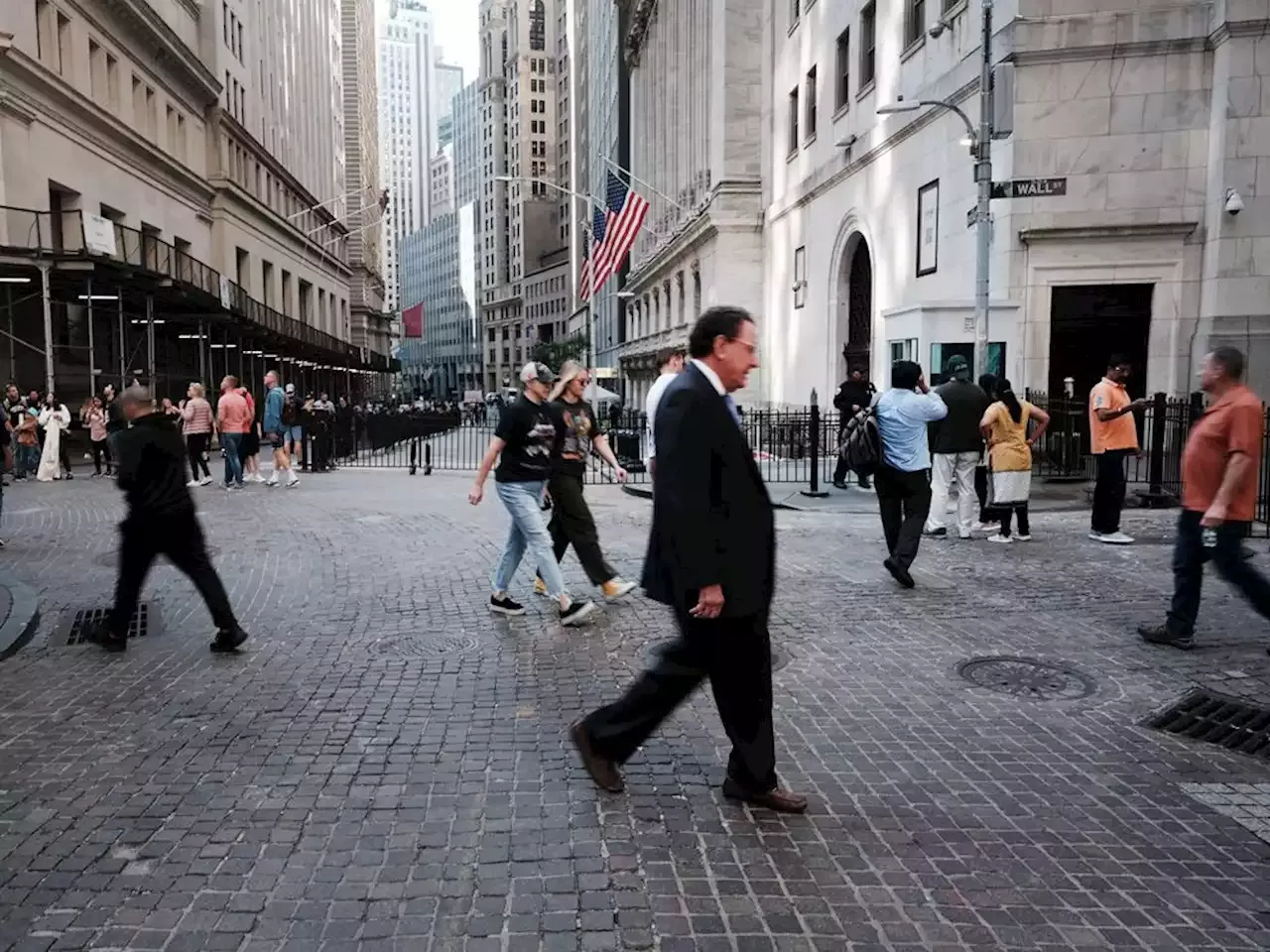The change has come largely at the expense of stocks and bonds for the US$7.7-trillion group, which also spans pensions from Japan to Canada and sovereign funds from Norway to the Middle East. The most dramatic shift is by China Investment Corp., which has taken its exposure to private assets and hedge funds from virtually zero in 2008 to almost half its holdings, according to its most recent update.
A 7.1 per cent gain for unlisted real estate helped Norway’s sovereign wealth fund limit its drop to 14.4 per cent in the first half of this year. By comparison, global equities slumped 21 per cent over the period and bonds fell 14 per cent. The National Pension Service of Korea’s alternatives portfolio jumped 7.3 per cent, reducing its overall loss to eight per cent.
The top end of allocation ranges was used where no specific number was listed. One of the 10 funds examined by Bloomberg, the Federal Retirement Thrift Investment Board, held no alternatives through the period.Still, outperformance is no sure bet. The cost of debt used to finance large buyouts has surged as rates creep higher. Unlisted assets are also rarely valued — a process known as “marking to market” — which can make them appear artificially attractive.
Yet assets such as toll roads and airports can adjust prices with relative ease, providing an attractive hedge against inflation. A global index of listed infrastructure companies — a rough proxy for their private peers — has suffered about half the losses of global stocks this year as the broader market crumbled.China Investment Corp.’s private deals have included a Turkish port and a fund launched with Goldman Sachs Group Inc. to invest in private U.S. businesses. Norway’s US$1.
